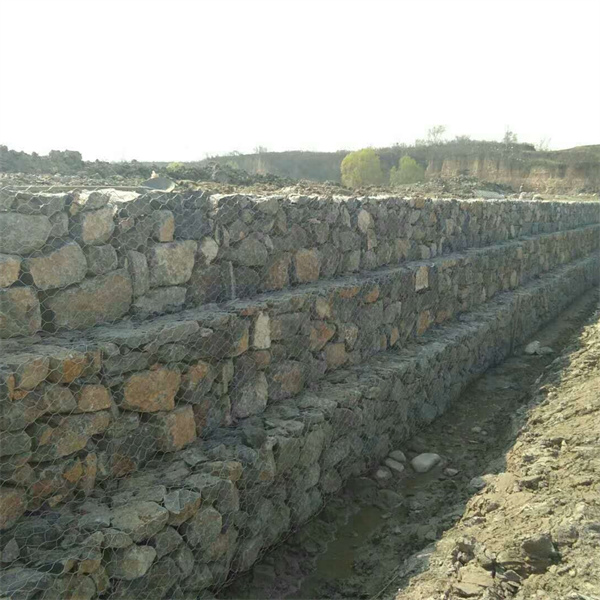វិច្ឆិកា . 06, 2024 09:35 Back to list
Guidelines for Selecting the Ideal Gabion Rock Size for Your Project
Understanding Gabion Rock Sizes for Optimal Use
Gabions are wire mesh containers filled with rocks, often used in civil engineering and landscaping applications. They offer solutions for erosion control, slope stabilization, retaining walls, and decorative purposes. Choosing the right size of gabion rock is crucial for the success of any project. This article explores the various factors to consider when purchasing gabion rock and the implications of different rock sizes.
What are Gabion Rocks?
Gabion rocks are typically angular stones that are carefully selected for their durability and interlocking properties. These rocks are used to fill wire mesh cages, creating a structure that is both strong and permeable. The permeability allows for water drainage, which is essential in preventing hydrostatic pressure build-up behind walls or structures.
Importance of Rock Size
When it comes to gabion structures, the size of the rocks plays a significant role in the overall stability and effectiveness of the structure. Gabion rock sizes typically range from 4 inches to 12 inches, with the most common sizes being 4-8 inches and 6-12 inches. Each size serves distinct purposes and impacts the design and functionality of the gabion walls.
1. 4 to 8 Inches This size range is ideal for smaller projects like garden features, decorative walls, or light erosion control. The smaller stones create a more refined appearance and are easier to handle. When used in landscaping, they can blend seamlessly with the environment and provide an aesthetic appeal.
2. 6 to 12 Inches Larger rocks are often employed in more robust applications, such as riverbank stabilization or heavy-duty retaining walls. These rocks provide greater strength and stability, essential for withstanding heavy loads and extreme weather conditions. The larger size also reduces the chance of the rocks being dislodged by water flow.
Factors to Consider When Choosing Gabion Rock Size
buy gabion rock size

1. Project Requirements Assess the purpose of your gabion installation. For aesthetic applications, smaller rocks may be preferable, while structural projects necessitate larger rocks for stability and strength.
2. Site Conditions Examine the environmental conditions where the gabions will be installed. Areas prone to heavy rainfall or flowing water might benefit from larger rocks that provide increased mass and stability.
3. Load-Bearing Capacity Consider the loads the gabions will need to withstand. Larger rocks typically have a higher load-bearing capacity and can handle more pressure from the surrounding soil and other structures.
4. Aesthetic Preferences The appearance of the gabions is a significant factor in landscaping projects. Selecting a rock size that complements the surrounding environment will enhance the overall visual appeal.
Where to Buy Gabion Rock
When purchasing gabion rock, it is important to choose a reputable supplier who can provide high-quality materials. Many suppliers offer various sizes and types of rocks, allowing you to select the perfect size for your project. Online platforms and local landscaping supply stores are excellent places to start your search.
Conclusion
Gabions serve as versatile structures that can be adapted for numerous applications. Understanding the importance of gabion rock size is key to achieving the desired strength, stability, and aesthetic result. By considering project requirements, site conditions, load-bearing capacity, and visual preferences, you can make an informed decision when purchasing gabion rock. Investing in the right materials will ensure the longevity and effectiveness of your gabion installation, ultimately providing you with the solution you need for your engineering or landscaping project.
-
Transform Your Outdoor Space with Gabion Fences
NewsApr.01,2025
-
The Versatility of Gabion Baskets for Your Projects
NewsApr.01,2025
-
The Importance of a Protective Net Sleeve for Your Valuable Investments
NewsApr.01,2025
-
The Benefits of Gabion Walls for Your Next Project
NewsApr.01,2025
-
Gabion Baskets
NewsApr.01,2025
-
Discover The Benefits of Protective Nets
NewsApr.01,2025
-
The Essential Guide to Gabion Supplies
NewsMar.12,2025






